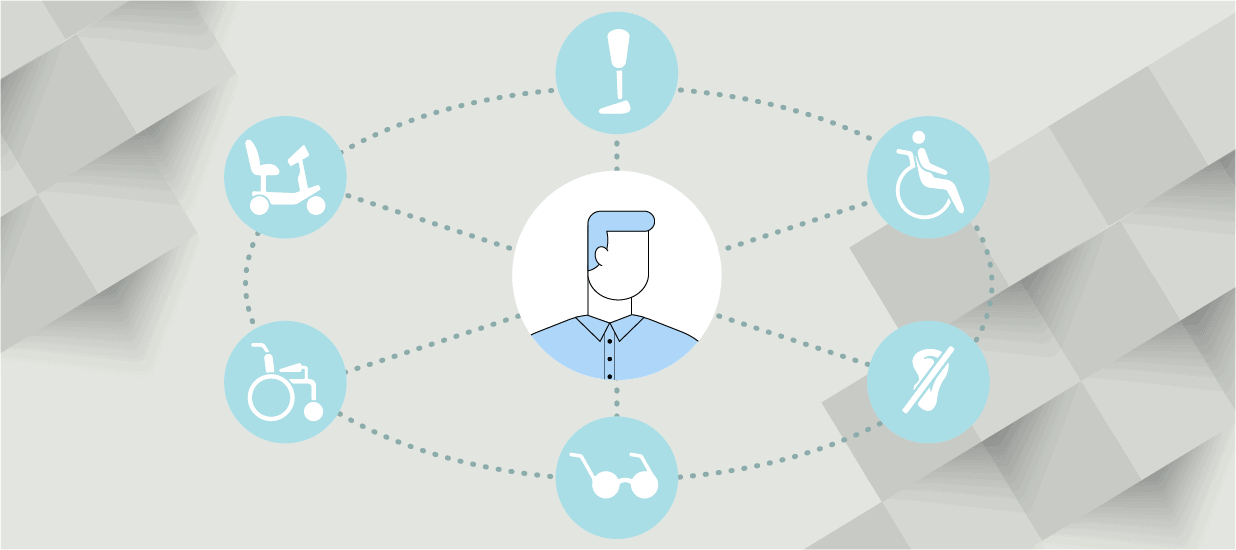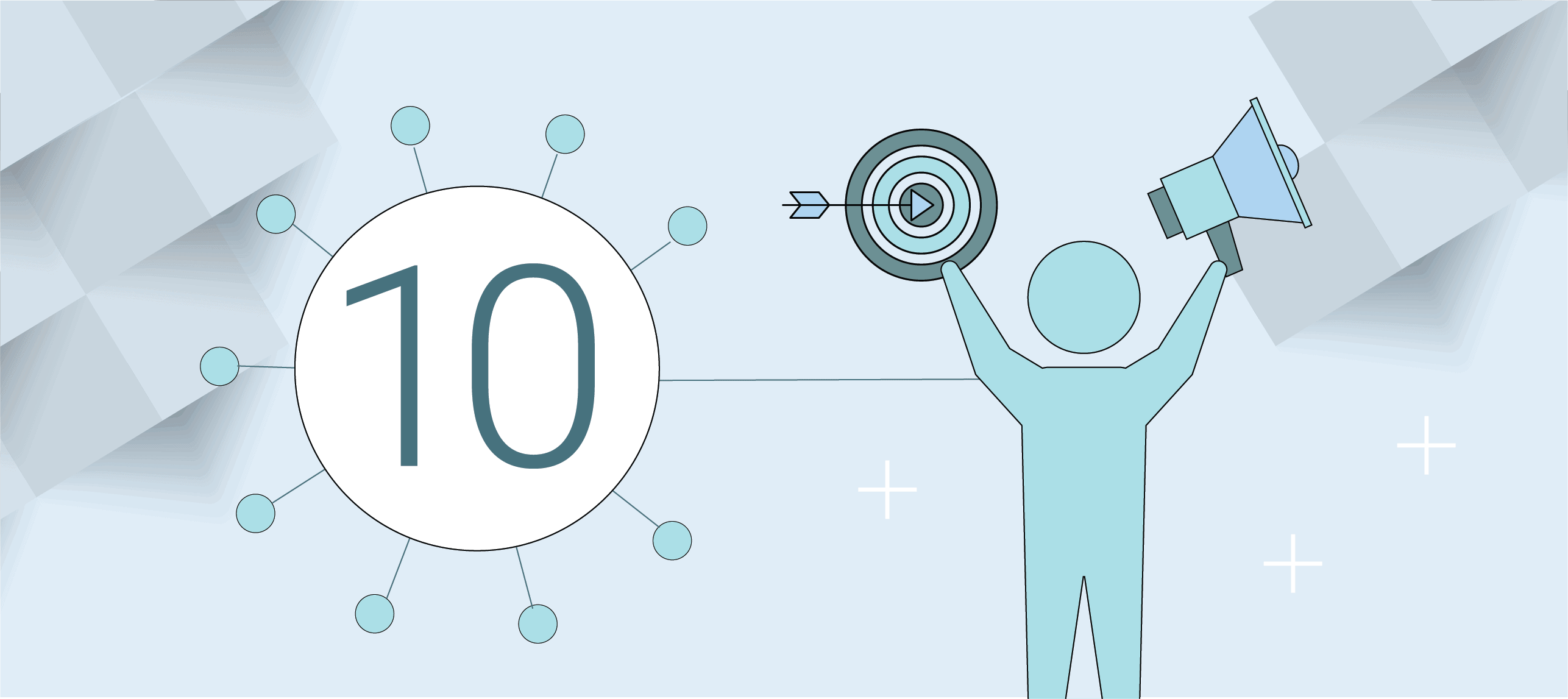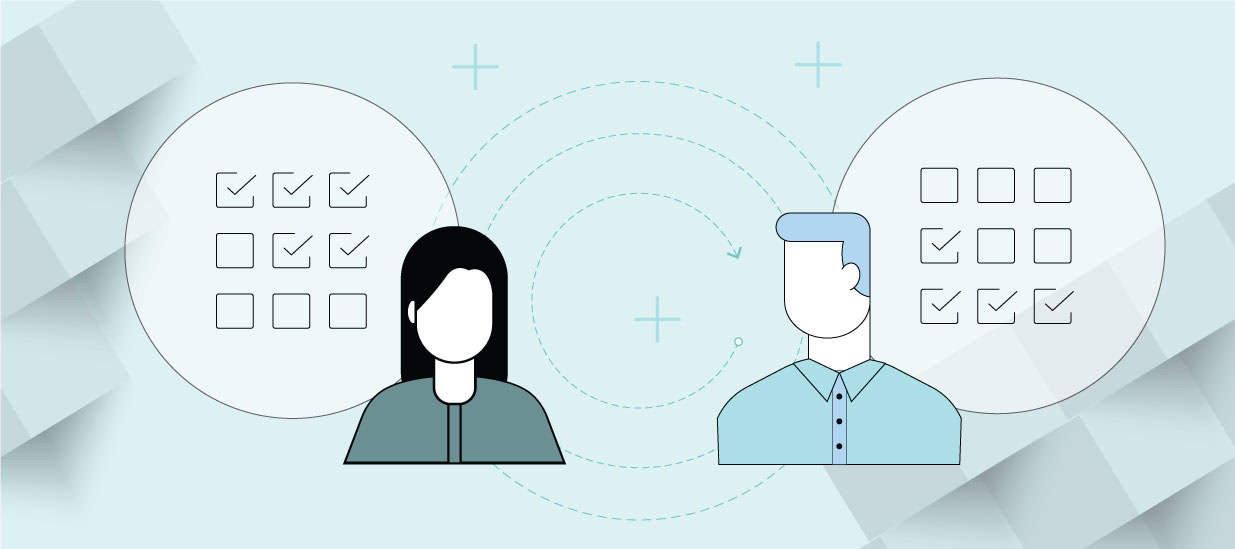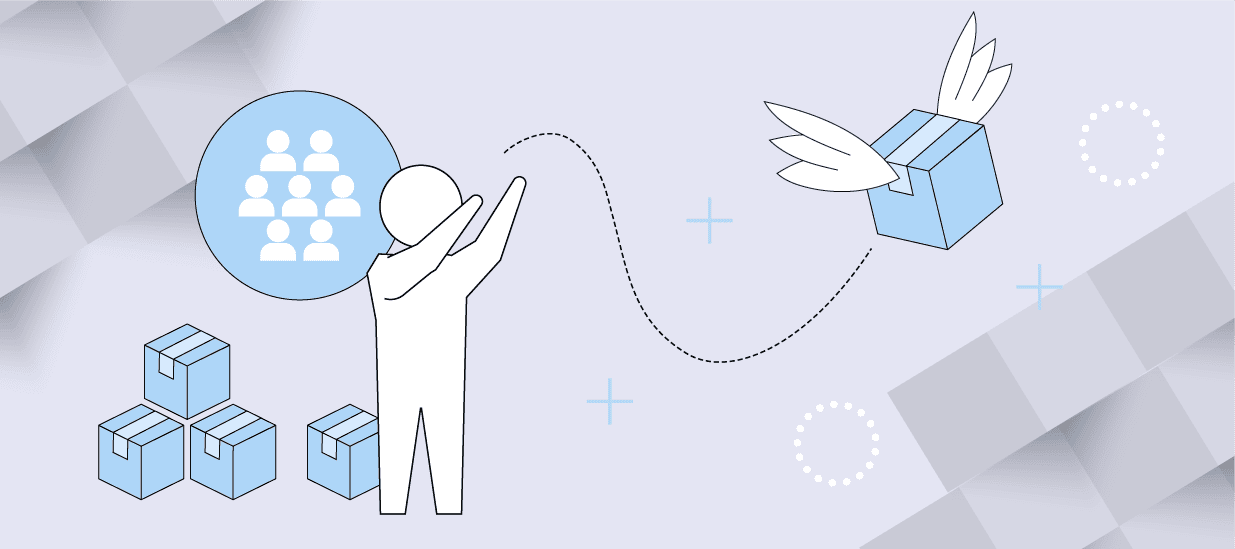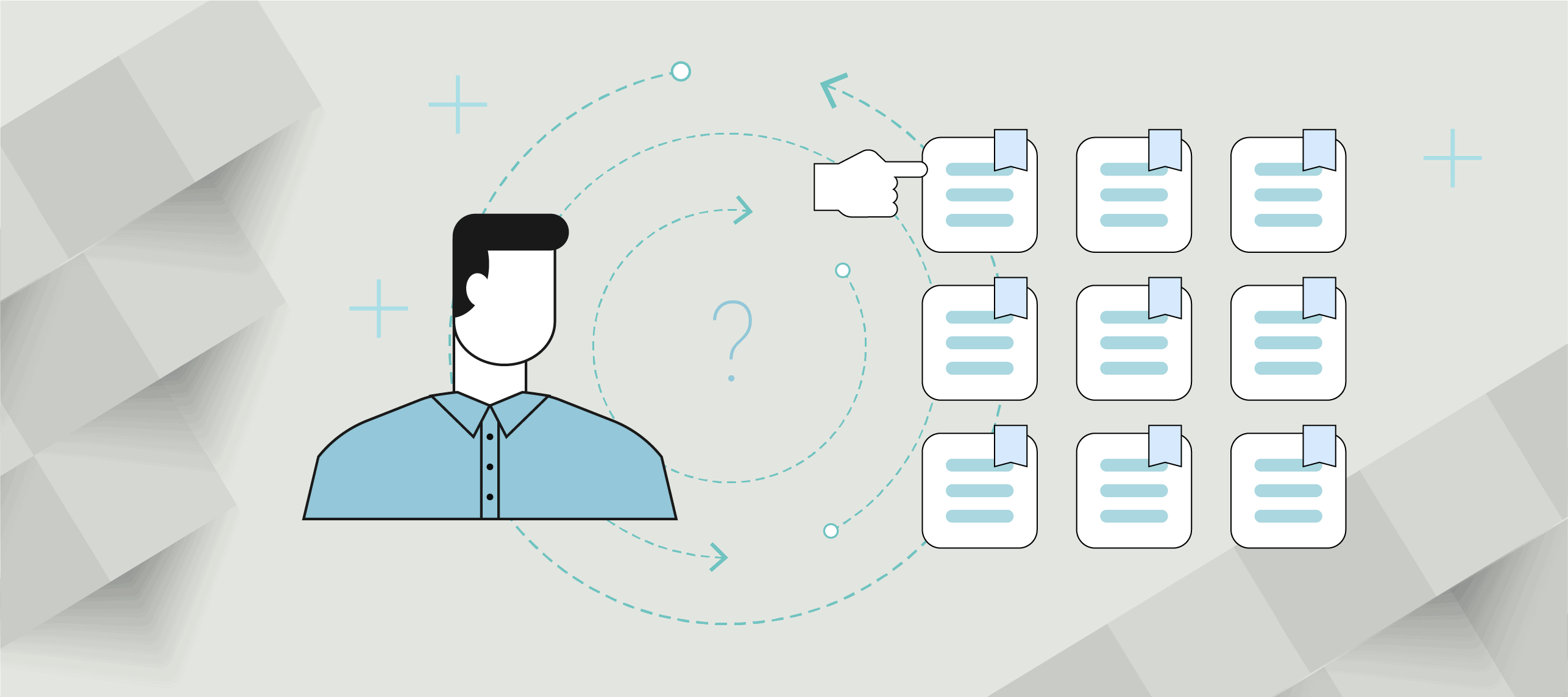Low employment rates are empowering people to switch jobs and career paths in an attempt to find the perfect fit. While there is a significant amount of movement in today’s economy, most people don’t want to move for no reason, and finding the right place is a lot of work.
I am no stranger to the product job search. My career started as a programmer building various web apps, but I often thought, “does anyone use these products?”
It was that frustration that inspired me to move into product management. I wanted a bit more say and understanding in terms of what we were choosing to build. It was an excellent career decision and I have since found myself at big and small tech companies, and over the last seven years, teaching, mentoring and coaching in the product management field.
This journey has taught me a lot about navigating the job market, and that’s what I want to share with you.
Apply Agile Concepts to the Product Job Search
Agile isn’t just something you mention in the skill section of your resume. Yes, Agile is typically associated with product and engineering teams, but the principles can be powerful when applied to the product job search.
Because here’s the deal, nobody is excited about a job search or likes crafting endless resumes and cover letters to toss into what can feel like an empty void.
However, if you have a systematic approach, you can become incredibly efficient at pursuing interesting opportunities.
Here’s what this approach might involve:
- Creating a backlog of what you need to accomplish
- Building out a plan
- Working iteratively
- Periodically reflecting on your outcomes
I used the Agile principles in my job searches over the years, and I’ve found it to be an effective way for me to determine my goals and then create a plan to achieve them.
Agile Sprints Eliminate a Failure Mirage
A job search can be overwhelming. The end goal is to have a job so everything before that can feel like a failure. But, when you think of the work in sprints, you can measure and see progress before reaching the end goal.
I often describe the job search as an emotional rollercoaster because you have these high points when you’re getting excited about an offer but instead you get a rejection and the bottom falls out and you find yourself wandering around the misery valley.
But when you take a more iterative, Agile approach, it helps you manage the expectations.
There’s going to be that time where you’ve gone through the interview and you’re waiting to hear, but that doesn’t mean you’re putting all your eggs in that basket and emotionally totally investing in that.
You have to go back to your board and think, “Okay, what’s next up. I need to keep moving. I need to work on that next iteration until I hear back.”
The Different Stages of the Product Job Search
With Agile in mind, here my modified approach to the job search starts with understanding the different stages.
Stage 1: Discovery / Research
This stage is all about uncovering what you want. What are the things that matter the most to you? What types of people do you want to work with? What is a situation that will be best for your family and personal life? Maybe you want to work at a startup with low pay and long hours to potentially earn a bigger payday down the road.
Stage 2: Build Out Your Backlog
Now, you’ll collect all the companies you want to explore, or these are the companies I need to research more. You’ll identify all the tasks that’ll you’ll need to complete in the upcoming weeks.
Stage 3: Validation
In product management, you might build a prototype or MVP to test your work. In a job search, you can do similar work by networking and pursuing current employees at the company to determine if it is a good place to work.
Just because the company says it is great or even if it makes it to the top 50 places to work, doesn’t mean that it’s the right fit for you. So, go out, talk to people, ask questions and determine if the company is worth the application.
These are a powerful way to learn not just about companies but also career paths. I’ve had people tell me how much they love their company, and on other occasions, I’ve had people not recommend I switch to the company there for various reasons.
I use LinkedIn to find people for informational interviews. I also find them by being active in local meetups and in other communities like the Pragmatic Alumni Community.
Stage 4: Get Specific
So many people will tell you the job search is a numbers game. I want to push back on that, and say that I’ve seen more success when applicants value quality over quantity. What I’ve seen often is people applying to everything as quickly as possible in hopes that one will result in a call.
But, just like what we teach at Pragmatic Institute, you need to identify ideal opportunities. What would be the right fit? What criteria are you looking for in terms of the company mission, company culture, types of products, etc?
#1 Benefit of This Approach to a Product Job Search
I think one of the things this process does is help you not just get a job but get the right job. This work is hard enough, but it can be painful if you land a new role and discover it is a bad fit.
The reflection tasks baked into an agile approach to product job searches not only get you a job faster but actually gets you a better fit. If you can do that upfront validation and discovery of the companies you’re interested in, you can save yourself a lot of heartache for sure.
Additional Resources
Often the job search is also a good time to brush up on some training. Not just so you can have extra items for your resume, but it shows a certain amount of passion and curiosity as a product professional.
Foundations on Demand
This course will teach you to master the Pragmatic Framework and the activities needed to bring a successful product to market. You’ll take *the first step to becoming truly market-driven.
This 7-hour course is self-paced and you’ll have one year to complete the curriculum. After passing the final exam, you’ll receive your first Pragmatic Institute certification and be invited to join the robust alumni community.
Author
-

Dan Corbin is an Agile and Product Management leader with 24 years of experience. Having contributed to companies like Return Path and H-E-B, he is passionate about crafting solutions that propel businesses forward by addressing customer pain points. For questions or inquiries, please contact [email protected].
View all posts


